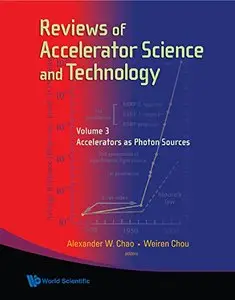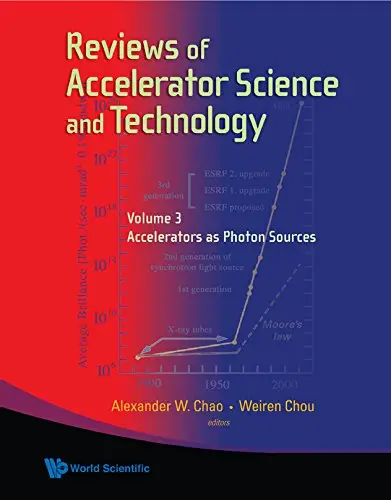Reviews of Accelerator Science and Technology: Accelerators As Photon Sources (Volume 3) by Alexander W. Chao and Weiren Chou
English | 2011 | ISBN: 9814340383 | 300 pages | PDF | 11,4 MB
English | 2011 | ISBN: 9814340383 | 300 pages | PDF | 11,4 MB
Over the last half century we have witnessed tremendous progress in the production of high-quality photons by electrons in accelerators. This dramatic evolution has seen four generations of accelerators as photon sources. The 1st generation used the electron storage rings built primarily for high-energy physics experiments, and the synchrotron radiation from the bending magnets was used parasitically. The 2nd generation involved rings dedicated to synchrotron radiation applications, with the radiation again from the bending magnets. The 3rd generation, currently the workhorse of these photon sources, is dedicated advanced storage rings that employ not only bending magnets but also insertion devices (wigglers and undulators) as the source of the radiation. The 4th generation, which is now entering operation, is photon sources based on the free electron laser (FEL), an invention made in the early 1970s.
Each generation yielded growths in brightness and time resolution that were unimaginable just a few years earlier. In particular, the progression from the 3rd to 4th generation is a true revolution; the peak brilliance of coherent soft and hard x-rays has increased by 7-10 orders of magnitude, and the image resolution has reached the angstrom (1 Å = 10-10 meters) and femto-second (1 fs = 10-15 second) scales. These impressive capabilities have fostered fundamental scientific advances and led to an explosion of numerous possibilities in many important research areas including material science, chemistry, molecular biology and the life sciences. Even more remarkably, this field of photon source invention and development shows no signs of slowing down. Studies have already been started on the next generation of x-ray sources, which would have a time resolution in the atto-second (1 as = 10-18 second) regime, comparable to the time of electron motion inside atoms. It can be fully expected that these photon sources will stand out among the most powerful future science research tools. The physics community as well as the entire scientific community will hear of many pioneering and groundbreaking research results using these sources in the coming years.
This volume contains fifteen articles, all written by leading scientists in their respective fields. It is aimed at the designers, builders and users of accelerator-based photon sources as well as general audience who are interested in this topic.



